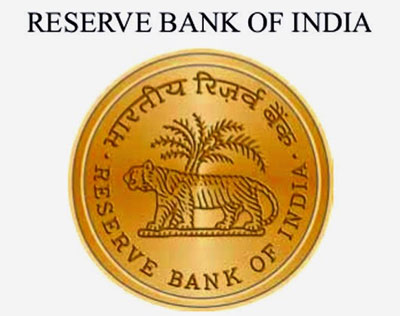 A
A new draft of the Indian Financial Code put out by the government on Thursday proposes to reduce the powers of the Reserve Bank of India (RBI) governor over interest rate decisions by taking away the veto power that had been given to the governor in an earlier version of the code. The code also continues to differ from RBI’s view on the structure of the monetary policy committee.
One crucial difference lies in the constitution of the committee. The RBI’s internal panel, the Urjit Patel committee, had recommended a five-member committee where three members would be from the RBI and two external members would be appointed by the RBI governor and the deputy governor in-charge. It was also suggested that the governor would have a casting vote in case of a tie.
In contrast, the latest draft of the code is suggesting a seven-member committee with four members being appointed by the government. The governor still gets a casting vote if opinions are evenly divided but not the power to veto the committee’s decision.
Globally, central banks follow different models. While some have government-appointed members on these committees, the appointments are done in a manner to avoid any political interference.
Here is a look at how top global central banks function and how the recommendations made by the RBI committee differ from those made as part of the Indian Financial Code.
US Federal ReserveThe US fed sets its benchmark rate—the Fed funds rate—through the Federal Open Market Committee (FOMC). The FOMC has seven board members, appointed by the President and confirmed by the Senate. The governors are, however, appointed for 14-year terms for the sake of continuity. The chairperson and the vice-chairperson are appointed for four-year terms.
In addition, there are five members—regional reserve bank heads—who serve on the FOMC in rotation. In total, the FOMC has 12 members and each gets one vote. The chairperson has one of the 12 votes. The Fed’s philosophy, however, is to broadly work on a consensus. Details of differing views are published in the minutes of the Fed meetings.
Bank of EnglandThe Bank of England’s monetary policy committee is made up of nine members. This includes the governor, three deputy governors and the chief economist of the central bank. The remaining four members are appointed by UK’s Chancellor. The four members are independent and do not represent any interest group. They are appointed for fixed terms.
Each member of the committee has one vote. While a member of the treasury is allowed to sit in on the meetings and debate along with the monetary policy committee, this person doesn’t get a vote.
European Central BankThe structure of the ECB is different since it brings together representatives from each of the different Eurozone members. The governing council is the highest decision-making body of the ECB and is responsible for setting interest rates.
The council consists of six executive council members and 19 representatives from member states. The executive board members hold permanent voting rights, while the right to vote for member nations is rotated based on a preset formula. In total, there are 21 voting members on the governing council and each gets one vote. But like the Fed, the ECB largely works on a consensus rather than through a vote on interest rate decisions.
Urjit Patel committee recommendationsBased on some of these examples, the RBI-appointed Urjit Patel committee had also recommended a move towards a monetary policy committee framework.
According to those recommendations, the committee would have five members including the RBI governor, deputy governor in-charge of monetary policy and an executive director. The other two members would be external appointees but would be picked by the RBI governor and deputy governor.
They would be given three-year terms each. Each would have a vote and the RBI governor would have a casting vote in case of a situation where a member is absent and votes are tied. The Patel committee did not actually recommend veto powers for the governor, but the RBI was given almost complete control over the composition of the committee.
Indian Financial Code recommendationsWhat the latest draft of the Indian Financial Code is suggesting is different in two ways. Firstly, it envisages a wider monetary policy committee with seven members. Three members would be from the RBI, including the governor, an executive board member and an RBI employee. The remaining four members would be appointed by the government for a four-year term. The government will have the right to remove these members mid-term under certain conditions.
Each of these members would have voting rights. A government nominee would also sit in on the meetings, but would not have voting powers. Decisions will be taken by a majority vote, says the code.
In the event of a tie, the RBI governor would have a second and casting vote, it adds, while removing the provision giving the RBI governor veto power of the committee's decisions. The Live Mint, By Ira Dugal
 A new draft of the Indian Financial Code put out by the government on Thursday proposes to reduce the powers of the Reserve Bank of India (RBI) governor over interest rate decisions by taking away the veto power that had been given to the governor in an earlier version of the code. The code also continues to differ from RBI’s view on the structure of the monetary policy committee.
A new draft of the Indian Financial Code put out by the government on Thursday proposes to reduce the powers of the Reserve Bank of India (RBI) governor over interest rate decisions by taking away the veto power that had been given to the governor in an earlier version of the code. The code also continues to differ from RBI’s view on the structure of the monetary policy committee.